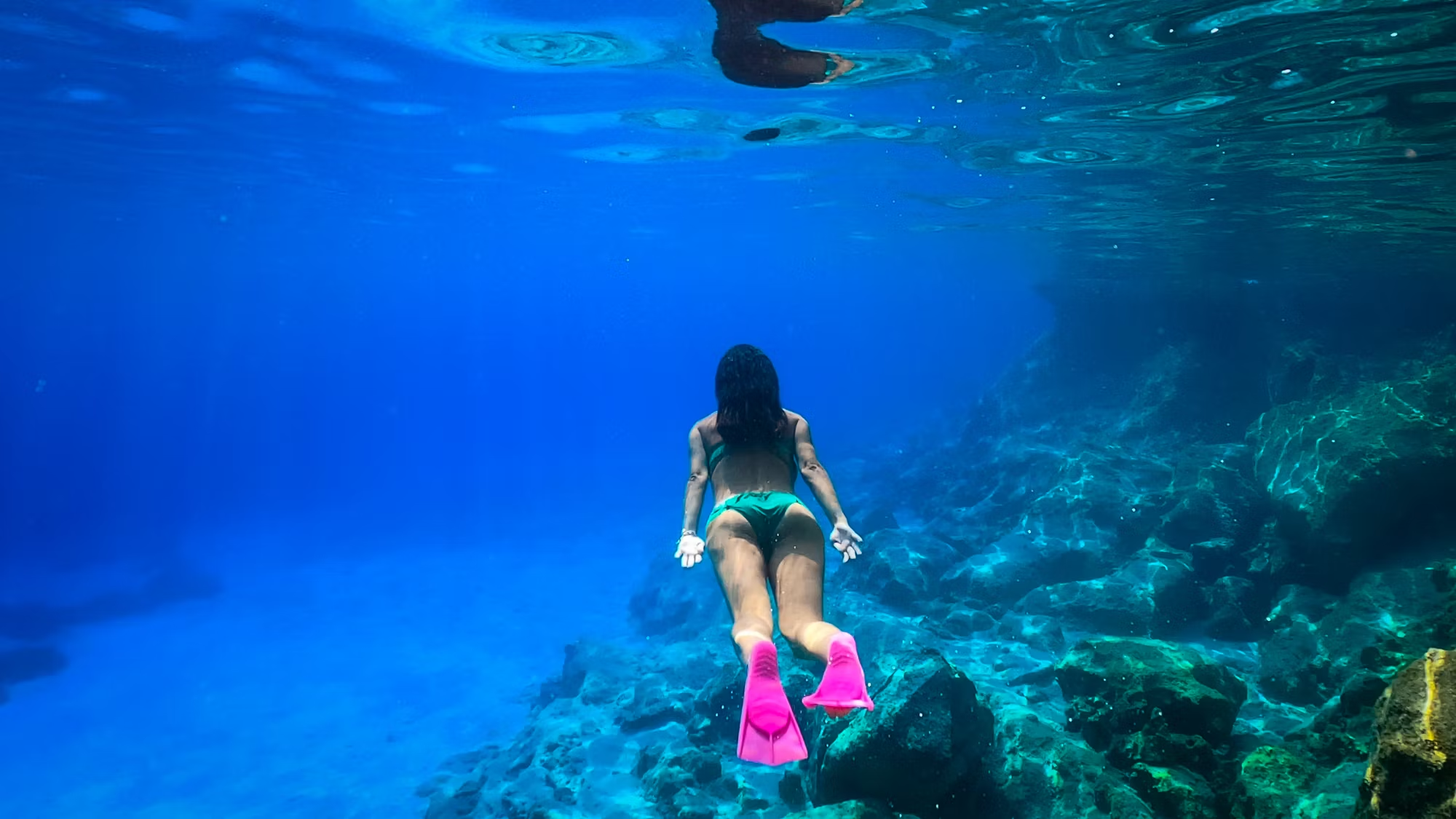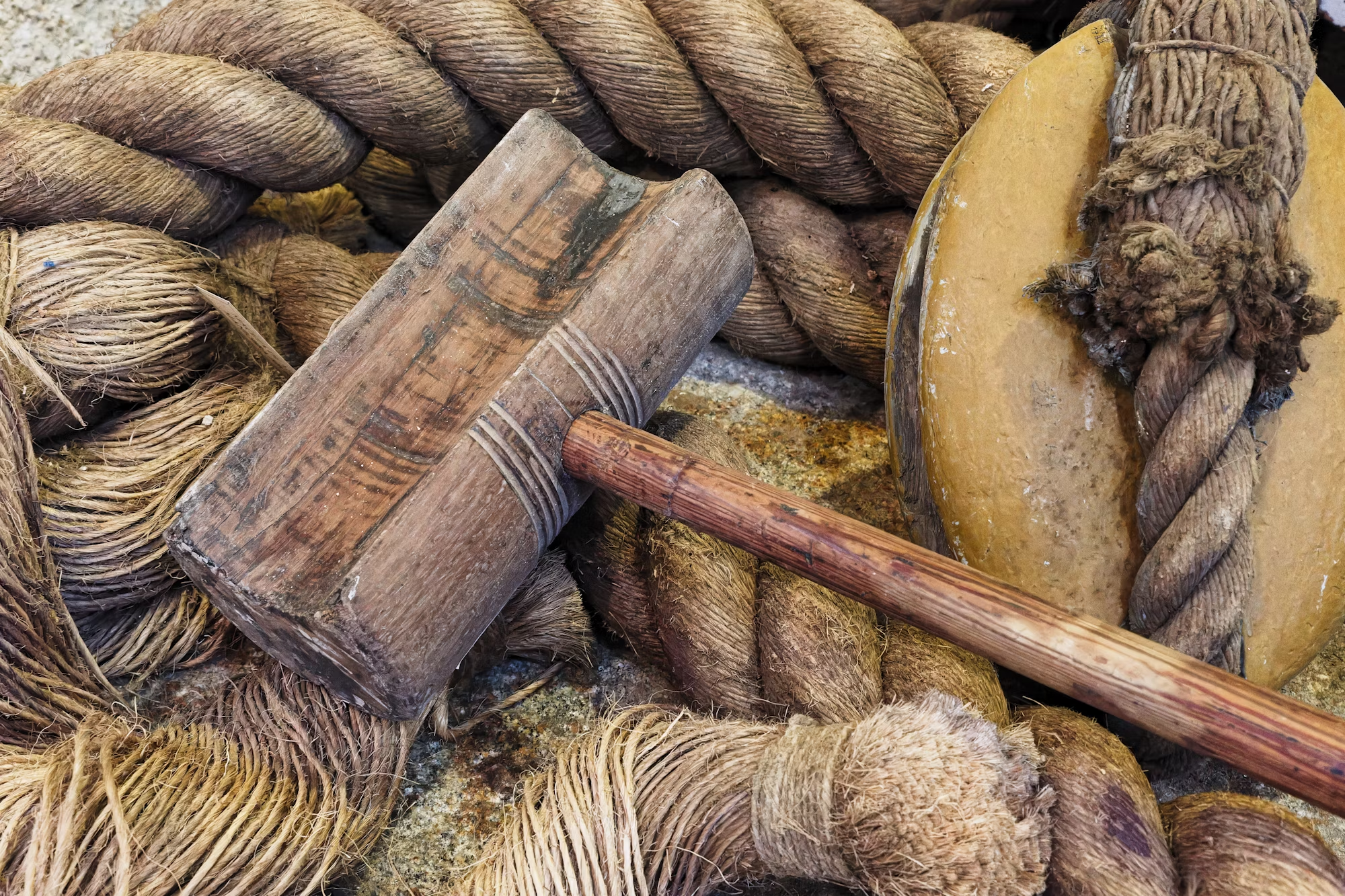Diving is not just an activity; it’s a gateway to exploring the breathtaking world beneath the waves. Each diving style presents distinct experiences, challenges, and opportunities to connect with marine life. This guide provides an in-depth look at various diving disciplines, aiming to inspire both newcomers and seasoned divers to explore the beauty of the underwater realm.
Understanding Diving Essentials
Before venturing into specific diving styles, it’s vital to understand the essential components of diving. At its core, diving requires specialized equipment, including a mask, fins, wetsuit, and, for scuba diving, a self-contained breathing apparatus. Mastering the use of this gear is crucial for comfort and safety while submerged. Additionally, divers must acquire fundamental skills such as buoyancy control, equalization, and navigation, which enhance the diving experience and ensure a safe return to the surface.
Scuba Diving: The Most Popular Adventure
Scuba diving is widely recognized as the quintessential form of diving. This discipline allows divers to explore underwater ecosystems using a breathing apparatus, opening up a world filled with vibrant coral reefs, diverse marine life, and intriguing shipwrecks. The ability to dive deeper and stay underwater longer adds to the excitement, making scuba diving an ultimate adventure for many.
Accessible to a wide range of skill levels, scuba diving offers experiences that range from shallow dives in calm waters to more challenging excursions in deeper areas. Numerous training agencies provide courses tailored to beginners and advanced divers alike, ensuring everyone can safely enjoy the thrill of exploration. The chance to encounter marine species up close and witness the stunning beauty of underwater landscapes makes scuba diving an unforgettable experience.
Freediving: The Pursuit of Breath
Freediving, or apnea diving, takes a different approach, relying solely on breath-holding techniques without the use of scuba gear. This discipline emphasizes relaxation and mindfulness, allowing divers to immerse themselves in the underwater world with nothing but their breath. Freediving fosters a profound connection with the ocean and can be both meditative and exhilarating.
Competitive freediving includes various disciplines such as static apnea, where individuals hold their breath while stationary, and dynamic apnea, where they swim distances underwater. This sport encourages physical fitness and mental focus, as divers learn to manage their breath and explore marine environments. The calmness of freediving and the opportunity to interact with marine life in a natural setting make it a compelling choice for many ocean enthusiasts.
Snorkeling: An Easy Introduction
For those looking to begin their underwater exploration journey, snorkeling provides an accessible and enjoyable introduction. With minimal equipment—primarily a mask, snorkel, and fins—snorkelers can float on the surface while observing the vibrant life beneath. This gentle activity is ideal for families and individuals of all ages, offering a chance to experience the beauty of shallow reefs and coastal areas without extensive training.
Many popular snorkeling locations feature crystal-clear waters and abundant marine life, making it an excellent option for discovering the underwater world. The simplicity and accessibility of snorkeling can ignite a passion for marine exploration, leading many to pursue further diving experiences. It is a fantastic way to foster appreciation for the ocean and its ecosystems.
Technical Diving: For the Adventurous Spirit
Technical diving is an advanced discipline that requires specialized training and equipment. It allows divers to explore more complex underwater environments, such as caves and deep wrecks. This style often involves extended bottom times, multiple gas mixtures, and detailed planning to ensure safety throughout the dive.
Technical divers are equipped with in-depth knowledge of advanced techniques, including decompression procedures and gas management. The allure of exploring the depths and uncovering hidden marine phenomena is a significant draw for many adventure-seekers. Technical diving offers an opportunity to push personal boundaries and witness the ocean’s hidden wonders in ways that traditional recreational diving cannot.
Wreck Diving: A Journey Through History
Wreck diving is a captivating blend of adventure and history, allowing divers to explore the remains of sunken ships, planes, and other artifacts. These underwater sites serve as artificial reefs, attracting marine life and offering a glimpse into the past. Each wreck has its own unique story, making every dive a distinctive exploration of maritime history.
Divers are often enthralled by the excitement of exploring historical wrecks, uncovering the mysteries that surround them while observing the ecosystems that flourish around these submerged structures. Wreck diving requires careful planning and adherence to safety protocols, but with proper training and respect for the environment, divers can navigate these intriguing underwater relics safely.
Cave Diving: Exploring the Depths of Submerged Caves
Cave diving is an exhilarating discipline that involves exploring submerged cave systems. This style requires specialized training and equipment, as cave divers face unique challenges associated with confined spaces and limited visibility. The beauty of cave diving lies in the stunning geological formations and the diverse ecosystems hidden beneath the surface.
Safety is paramount in cave diving, necessitating strict guidelines and protocols to minimize risks. This discipline attracts those who seek adventure and exploration, as divers navigate intricate passages and marvel at the breathtaking beauty of underwater caves. The experience can feel surreal, revealing a hidden world that few are fortunate enough to witness firsthand.
Underwater Photography: Capturing Ocean Beauty
Underwater photography and videography have gained immense popularity, allowing divers to document their adventures and share the breathtaking beauty of marine environments. Utilizing specialized camera equipment, underwater photographers can capture stunning images of marine life, vibrant coral reefs, and striking underwater landscapes. This art form not only showcases the ocean’s beauty but also promotes awareness of marine conservation efforts.
Successful underwater photographers invest time in learning about their subjects while honing their photography skills. The blend of technical expertise and a genuine appreciation for marine ecosystems allows them to capture the essence of the underwater world. Through their images, they foster a deeper connection with the ocean and inspire others to protect these vital ecosystems.
Ice Diving: A Unique Challenge
Ice diving presents a thrilling adventure, allowing divers to explore underwater environments covered by ice. This discipline requires specialized skills and equipment, as divers navigate frigid waters beneath frozen surfaces. Ice diving offers a serene and enchanting experience, revealing the beauty of ice formations and the unique marine life that thrives in cold waters.
Planning and safety are crucial for ice diving, often requiring support teams to ensure a successful dive. The experience of swimming beneath a blanket of ice is unparalleled, providing divers with a distinctive perspective of the underwater world. Many find ice diving to be an unforgettable challenge that enhances their overall diving experience.
Night Diving: Discovering the Ocean After Dark
Night diving allows divers to explore the underwater world in a completely different light—after sunset. Equipped with specialized dive lights, divers can observe nocturnal marine life and witness the vibrant colors of coral reefs illuminated against the darkness. This unique perspective reveals an entirely different side of the ocean, as many marine species exhibit distinct behaviors during the night.
The underwater environment during night dives can be mesmerizing, with shimmering lights attracting curious creatures. This distinctive experience creates a sense of adventure, allowing divers to uncover the ocean’s mysteries in a novel way. Night diving invites enthusiasts to expand their understanding of marine ecosystems and deepen their connection to the ocean.
Conclusion
Diving encompasses a rich tapestry of styles and techniques, each offering unique experiences and opportunities for adventure. From the accessibility of scuba diving to the tranquility of snorkeling and the thrill of cave diving, there is a diving discipline suited for everyone. As divers, we share the privilege and responsibility to appreciate and protect our oceans, ensuring future generations can experience the beauty of the underwater world. So gather your gear, take a deep breath, and embark on your next diving adventure!





